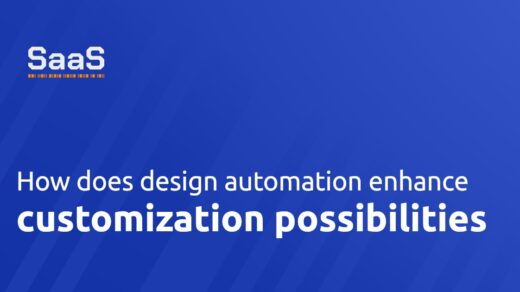How have design processes evolved from manual to automated?
In the early days, design processes were craft-based. Skilled workers designed products manually, resulting in a time-consuming process subject to human error. Subsequently, the design processes grew more technical with the advent of drafting tables and hand-drawn blueprints.
The technological upheaval of the 20th century introduced computers to the field of design. Initial computer-aided design (CAD) systems were rudimentary, coordinating relatively simple elements of product design. However, the rapid development of software technology has now transformed these early CAD systems to sophisticated automated design processes that create complex, 3D models.
Today, automated design processes have become integral for a wide range of industries, including architecture, engineering, and manufacturing. These forms of automation, such as parametric design, have re-defined the landscape, allowing designers to create intricate, detailed designs with unprecedented speed and accuracy.
What are the advantages of automated design processes?
The shift to automated design processes has numerous advantages. Firstly, they significantly reduce repetitive, manual tasks, saving time, and making the process more efficient. Automated technology can run a series of rapid calculations and changes, dramatically reducing the time taken for the design and testing phases.
Moreover, automated design programs can produce highly accurate designs that reduce the margin of error. This increased precision can save resources, lower costs, and create a more reliable end product. Furthermore, it computes complex formulas and relations effortlessly, allowing designers to focus on innovation and creativity.
Automation technology lets designers simulate the finished product's performance, providing valuable insight before the manufacturing stage. This predictive analysis capability can address potential issues in the design phase, preventing costly revisions or failures. Also, digital models offer enhanced visualization, delivering a detailed, tangible representation of the final product.
Challenges encountered in the shift to automated design
While automation has revolutionized the design process, it also presents several challenges. Implementing and mastering advanced software can be complex and time-consuming, necessitating specialist training.
Scalability may pose some challenges. As projects increase in size and complexity, maintaining efficiency and consistency can become difficult. Relatedly, integrating different automated systems can be a hurdle, as it may require considerable effort to ensure various processes and tools work seamlessly together.
The dependence on technology may also increase vulnerability to technical glitches or cyberattacks. Data privacy and security must be a primary concern, especially when designs involve sensitive information.
Lastly, the personal touch imparted by manual designing could be lost in the transition. Therefore, striking a balance between automated efficiency and manual creativity is key.
The future of design: exploring emerging automation technologies
The future of design points towards greater automation. Technologies like artificial intelligence (AI) and machine learning (ML) are not just trends but are set to redefine automation as we know it. These technologies can predict design trends, customize designs based on user preferences, and improve product development based on past data.
Moreover, the increased use of virtual reality (VR) and augmented reality (AR) in design processes offers exciting prospects. These technologies can provide immersive experiences that allow designers, clients, and users to appreciate the design in a realistic, interactive environment.
3D printing, too, holds significant promise. By merging automation technology with physical production, it drastically simplifies the transition from design to manufacturing.
Lastly, cloud-based design platforms are gathering momentum. The ability to access design data from anywhere ensures collaboration, flexibility, and increases productivity.
The automated future is a thrilling prospect, promising to merge creativity and technology to create designs of unparalleled detail, efficiency, and innovation.








